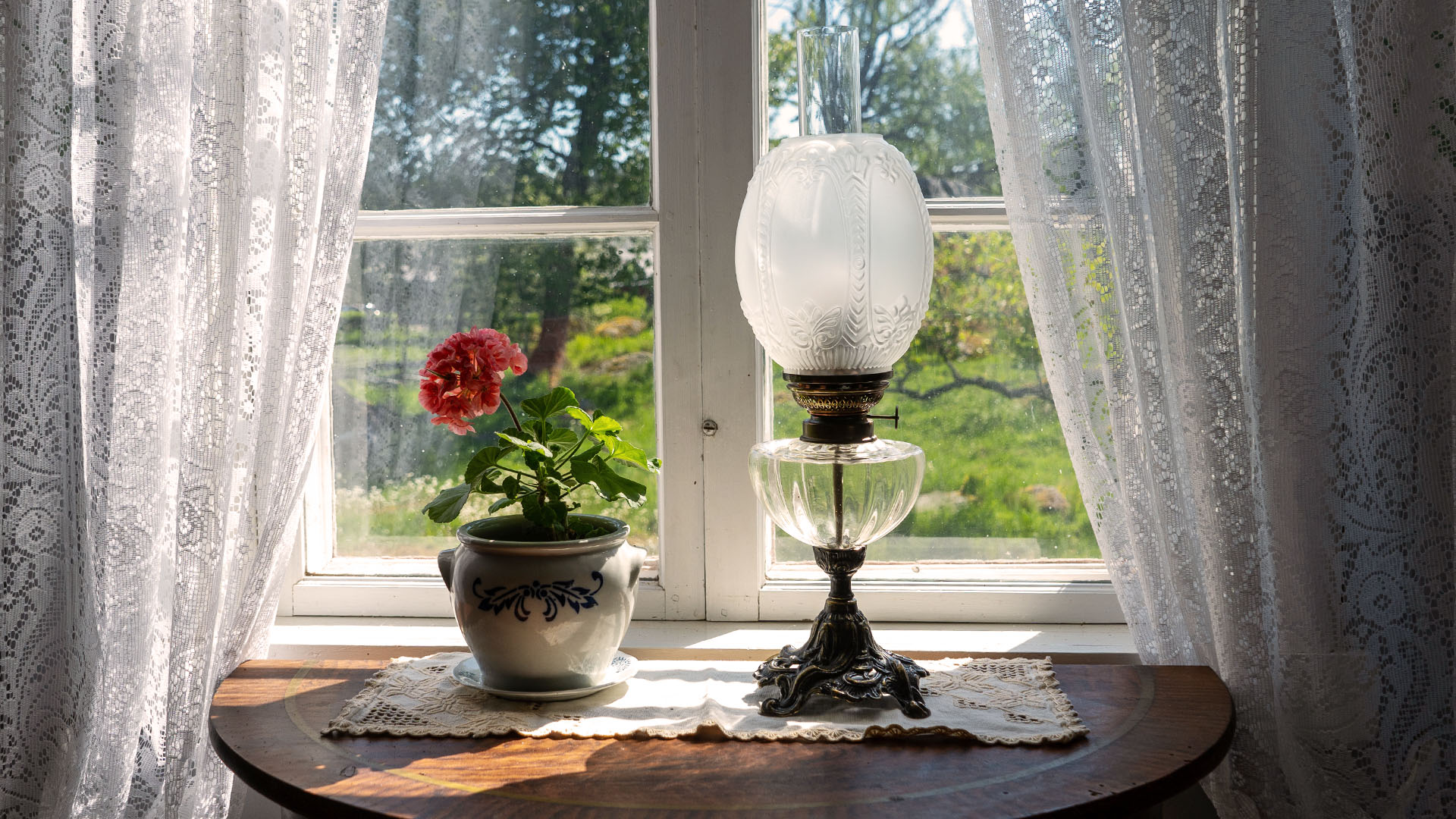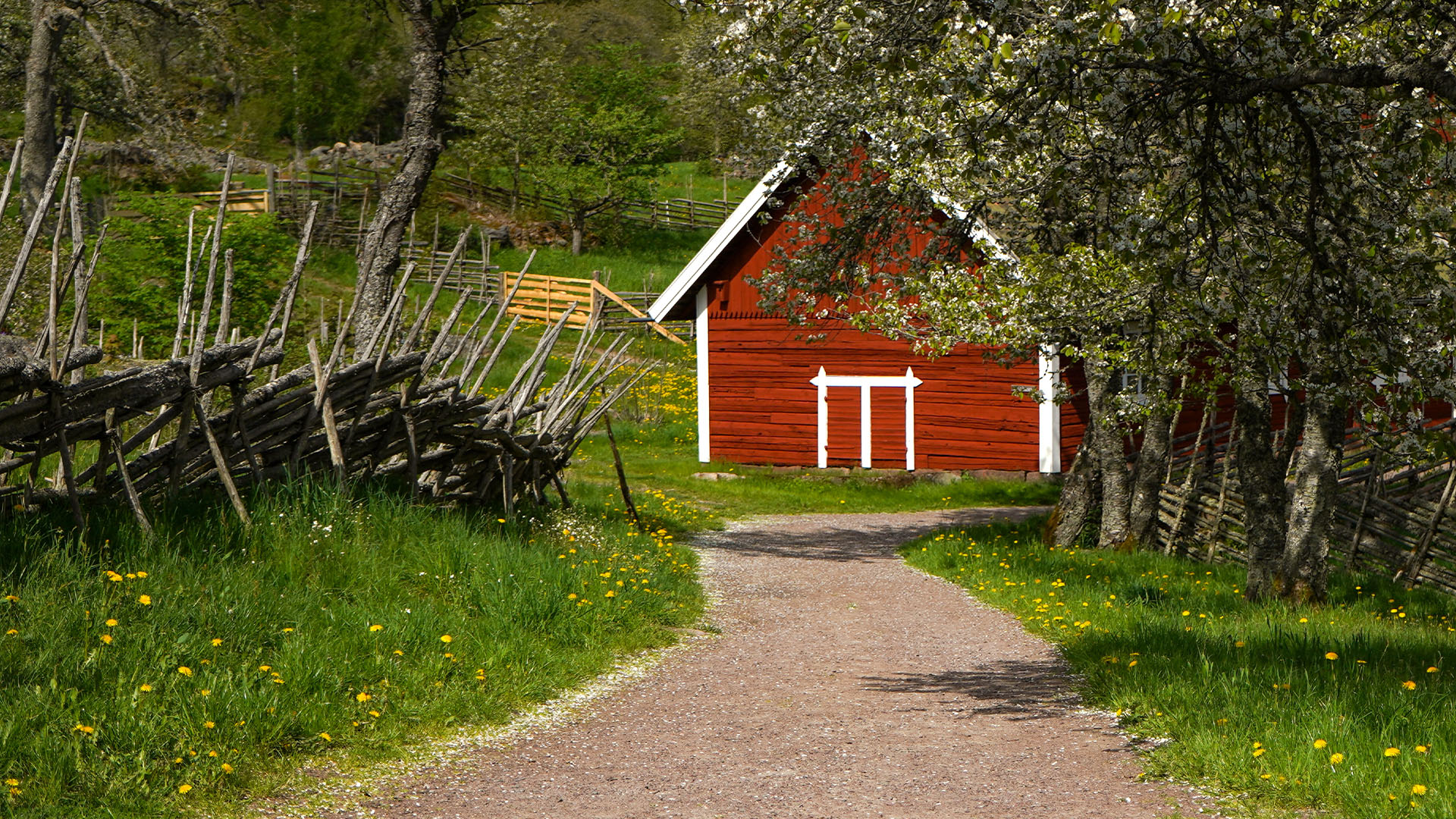About us | Åsens by Then & Now | Opening hours & Contact | Directions
The History of Åsen
People have lived and worked at Åsen since the Bronze Age, and old documents and maps tell of a village already existing in the 1500s.
During the 1700s and 1800s, the winds of change swept across the Swedish countryside, as factories were built in the cities, attracting many people seeking jobs and better conditions. Others chose to leave Sweden in search of fortune in America.
While the population of cities grew, nearly all food was still produced in the countryside, where a shrinking portion of the population remained.
To streamline agriculture, the Swedish state implemented two major reforms in the late 1800s. Land areas were consolidated into larger units, leading to the type of agriculture we are familiar with today. Small plots of land and individual parcels became a thing of the past, but this never happened at Åsens By. There are differing opinions as to why, and perhaps no one knows the full truth. Agriculture continued, as it always had, using traditional methods with horses and human labor.

The Preservation of Åsens By
Many years later, after the last resident passed away in 1989, the landscape had started to regrow and the houses in the village began to decay.
In 1990, a formal inventory of cultural heritage sites in the area was carried out, and Åsens By was categorized as a unique remnant from a bygone era.
Carefully, work began to restore the houses to their original condition, and eventually, the fields and pastures were cleared, bringing them back to life.
In Sweden, there are only a few similar places left to experience.
Åsens Timeline
The village has a rich history that dates back to the Middle Ages.
The Buildings at Åsens By
The buildings at Åsen were carefully renovated during the 1990s. In well-preserved condition, the site includes a residential house (Tekla’s House), a barn, a brew house, and an outdoor toilet.
Tekla’s House has been restored to the condition Tekla left it in 1989, without electricity or water and with period-appropriate furnishings. In Södergården’s barn, there is a farm museum and a play barn, and near the chicken coop, there is another playground for the youngest visitors of Åsens. The other buildings are used for various purposes, including hostel operations, cottage rentals, conferences, exhibitions, and other activities.

The Landscape and Cultivations
All the arable and meadowland at Åsen is managed and maintained using the agricultural methods from around the year 1900, as much as possible. The grain grown is utilized in various ways, including as feed for the animals and as new seed for the upcoming growing season. Grazing animals help keep the landscape open and benefit the natural flora in the fields.
The Gardens
The gardens have different characteristics depending on tradition and the interests of previous owners. In Tekla’s garden, for example, there are a large number of fruit trees of varying kinds, while Norrgården’s garden is more characterized by flower beds and ornamental plants rather than self-sufficiency. In the spring, Åsen greets its visitors with a symphony of blooming cherry and apple trees and narcissus.
The Animals
In the pastures, meadows, and around the farm, cows and sheep of old Swedish heritage breeds graze today. Here, you will meet Rödkulla cows, Gutefår sheep, Dala Pälsfår sheep, Öland chickens, Linderöd pigs, Mellrud rabbits, and Ardennes horses. The old heritage breeds are endangered, and together with heritage breed associations and gene banks, we are actively working to preserve these breeds for the future.

